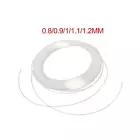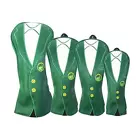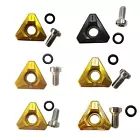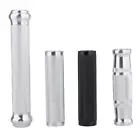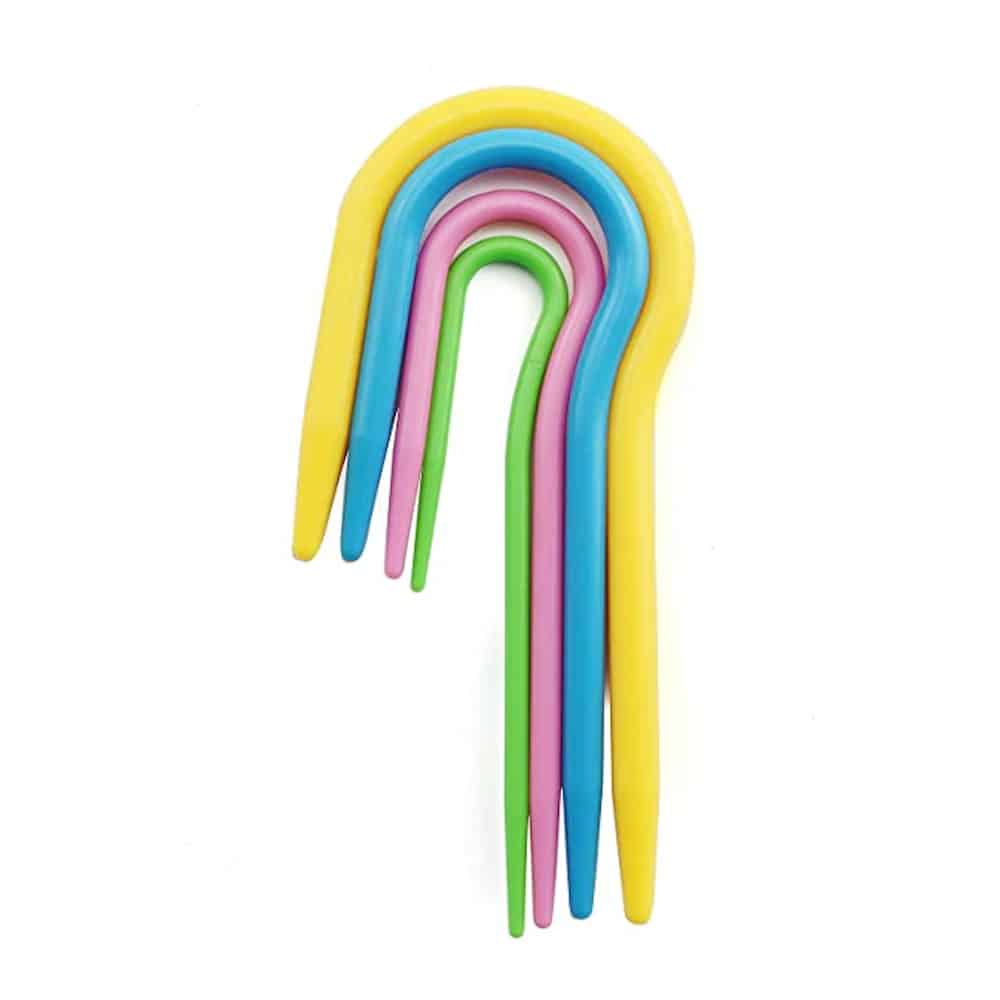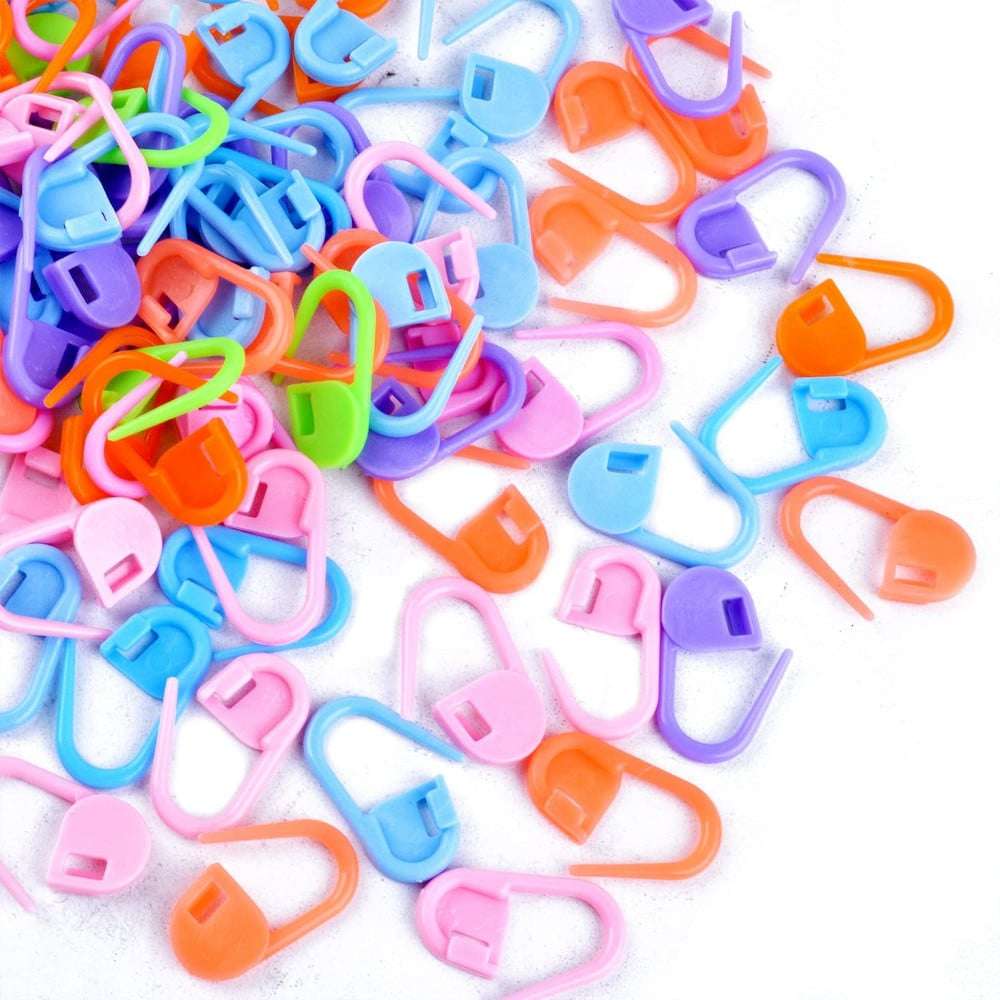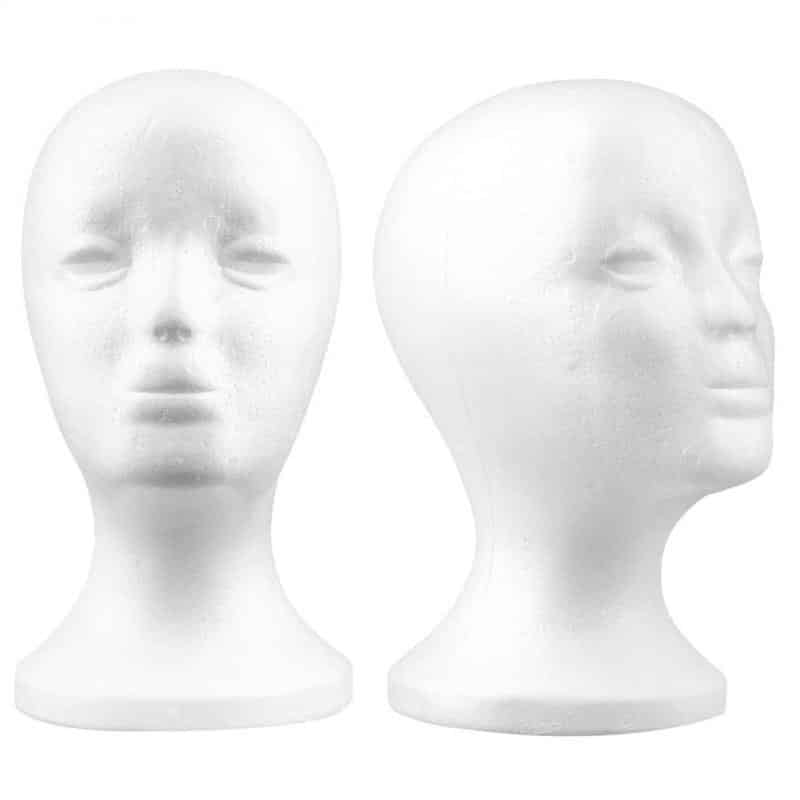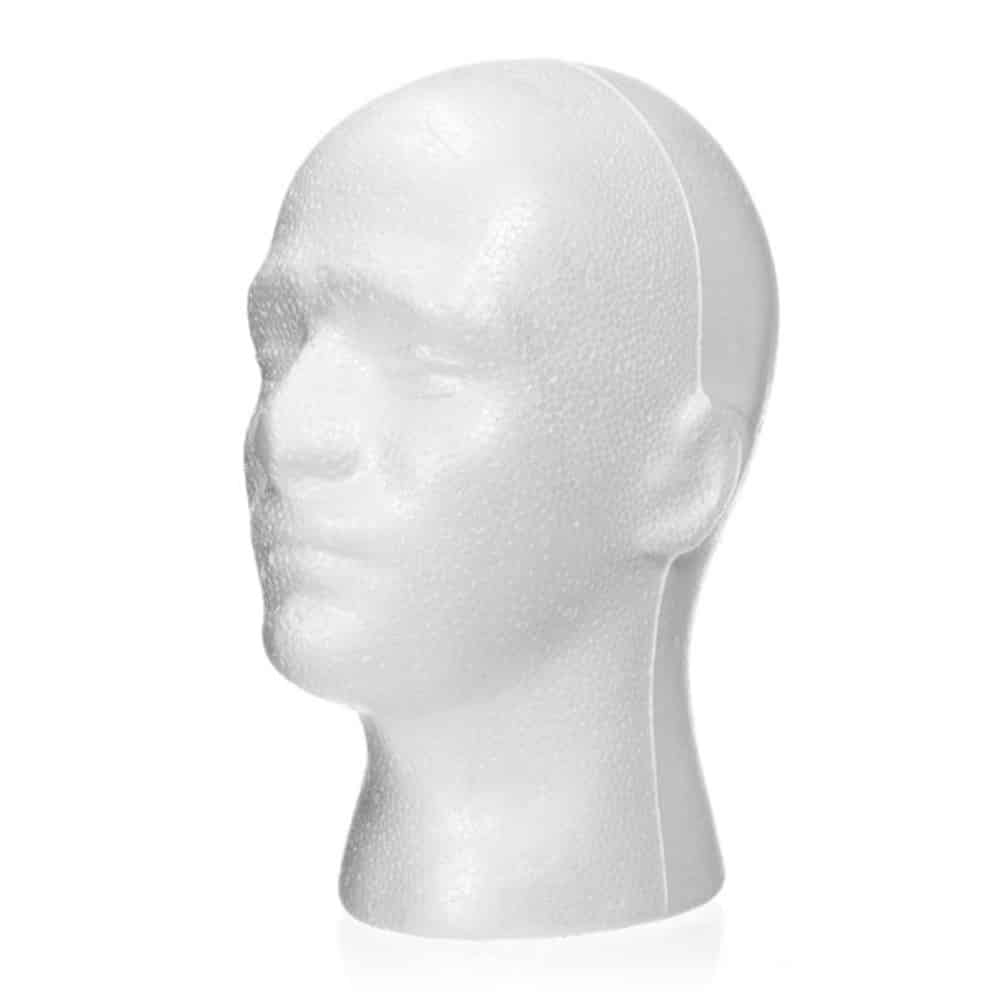Fly Fishing Line: The Ultimate Guide to Long Throws
Fly fishing is a challenging but rewarding sport that requires the right gear to be successful. One of the most important pieces of gear is a good fly fishing line. The right fly line will help you cast your fly farther, more accurately, and with less effort. There are many different types of fly lines on the market, each with its own unique benefits and drawbacks. In this guide, we will discuss the different types of fly lines, how to choose the right fly line for your needs, and how to cast a fly line with ease.
Types of Fly Lines There are three main types of fly lines: *
Floating fly lines are the most popular type of fly line. They float on the surface of the water, which makes them ideal for fishing in clear, shallow water. *
Sinking fly lines are designed to sink below the surface of the water. They are used for fishing in deeper water or for fishing in areas with strong currents. *
Intermediate fly lines are a hybrid between floating and sinking fly lines. They float on the surface of the water but sink slowly. They are ideal for fishing in water that is not too deep or too shallow.
Choosing the Right Fly Line The type of fly line that you choose will depend on the type of fishing that you are doing. If you are fishing in clear, shallow water, a floating fly line is a good option. If you are fishing in deeper water or for fish that are holding near the bottom, a sinking fly line is a better choice. If you are not sure what type of fly line to use, an intermediate fly line is a good option. In addition to the type of fly line, you will also need to consider the weight of the fly line. The weight of the fly line is determined by the thickness of the line. A heavier fly line will cast farther than a lighter fly line, but it will also be more difficult to cast. The weight of the fly line that you use will depend on the size of the fly rod that you are using and the type of fish that you are targeting.
Casting a Fly Line Casting a fly line is a skill that takes practice to master. However, with a little practice, you will be able to cast a fly line with ease. To cast a fly line, you will need to hold the rod in your dominant hand and the fly line in your non-dominant hand. Start by holding the rod at a 45-degree angle to the water. Then, make a smooth, sweeping motion with your rod. As you bring your rod forward, release the fly line from your non-dominant hand. The fly line will travel through the air and land on the water. Once the fly line has landed on the water, you can begin to retrieve it. To retrieve the fly line, simply reel the line in with your rod. You can adjust the speed of the retrieve by turning the reel handle faster or slower.
Fly Fishing Line Accessories There are a number of different fly fishing line accessories that can help you to improve your casting and fishing experience. These accessories include: *
Fly line backing is a thin, strong line that is attached to the fly line. Fly line backing helps to prevent the fly line from breaking if you hook a large fish. *
Fly line leader is a section of line that is attached to the fly line and the fly. The fly line leader is thinner than the fly line, which helps to reduce drag and increase casting distance. *
Fly line tippet is a section of line that is attached to the fly line leader and the fly. The fly line tippet is even thinner than the fly line leader, which helps to further reduce drag and increase casting distance.
Fly Fishing Line Maintenance Fly fishing line requires regular maintenance to keep it in good condition. The following are some tips for fly fishing line maintenance: * Store your fly line in a cool, dry place when you are not using it. * Clean your fly line regularly with a fly line cleaner. * Apply a fly line dressing to your fly line before each fishing trip. * Trim the end of your fly line regularly to remove any frayed or damaged sections. By following these tips, you can keep your fly fishing line in good condition and extend its lifespan.
Conclusion Fly fishing is a great way to enjoy the outdoors and catch some fish. The right fly fishing line can help you to cast your fly farther, more accurately, and with less effort. With a little practice, you will be able to cast a fly line with ease and enjoy all that fly fishing has to offer.
Fly Lines L.L.Bean Fly Fishing Lines Cabela's Fly Fishing Lines